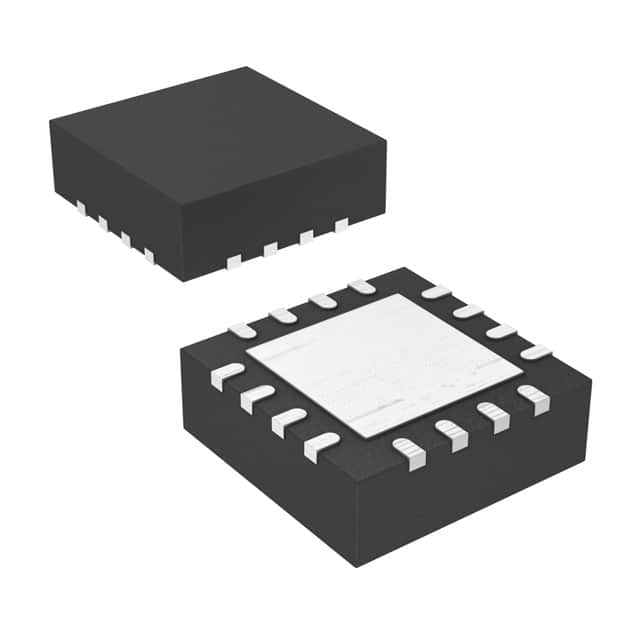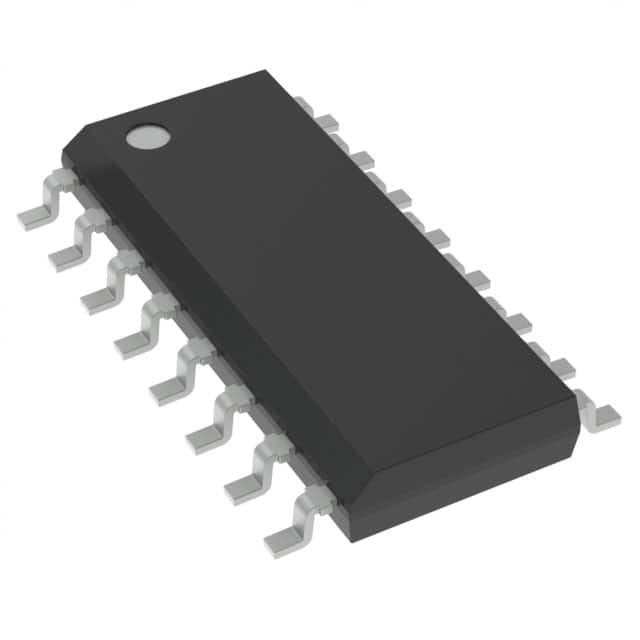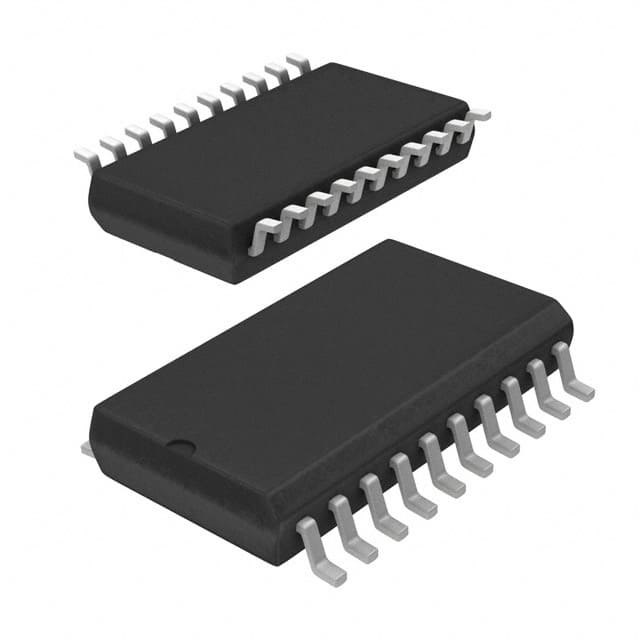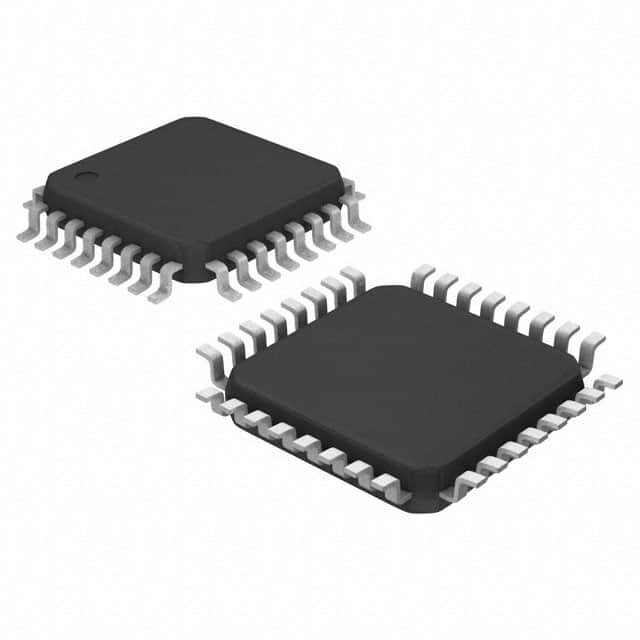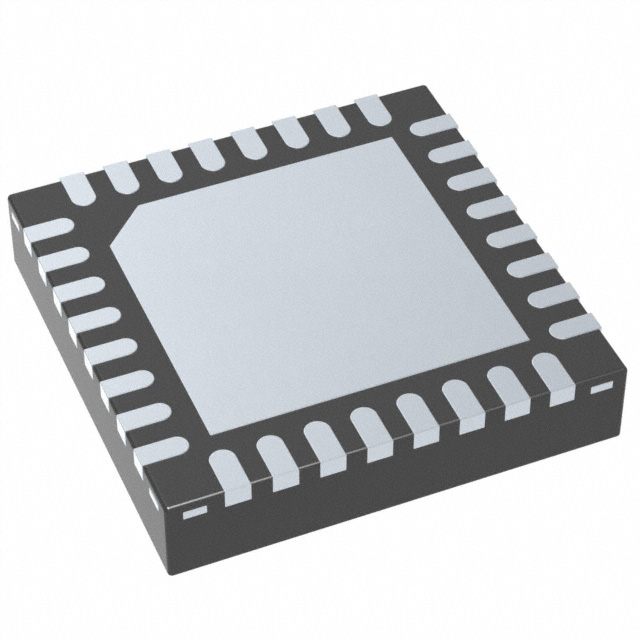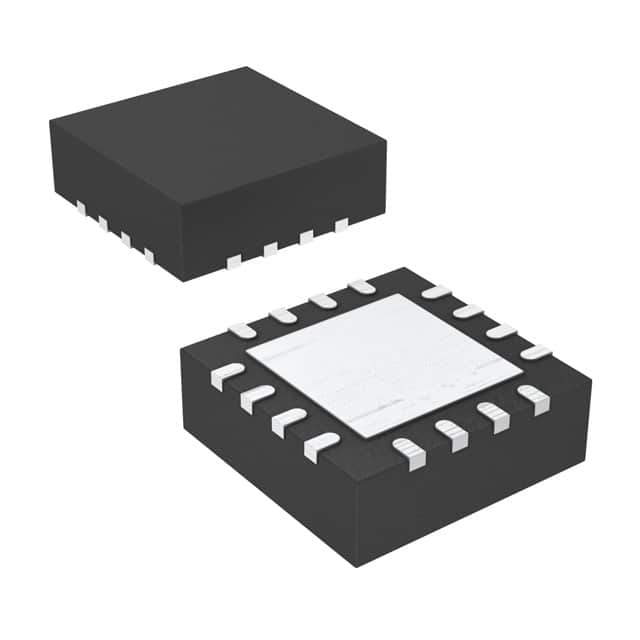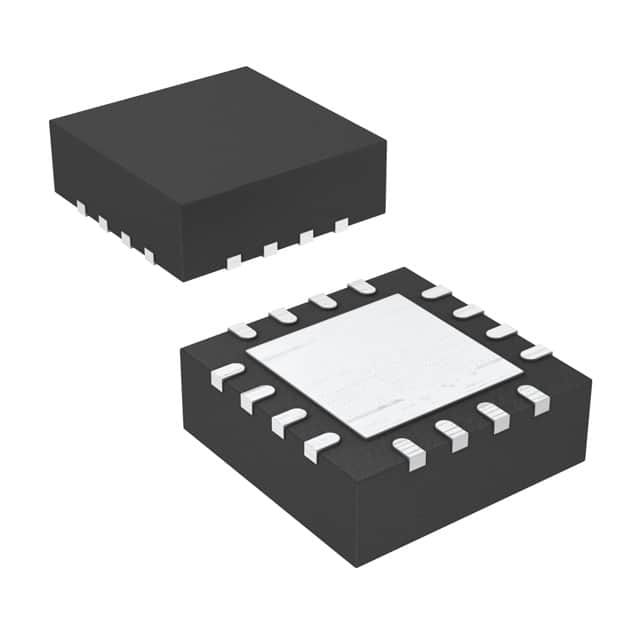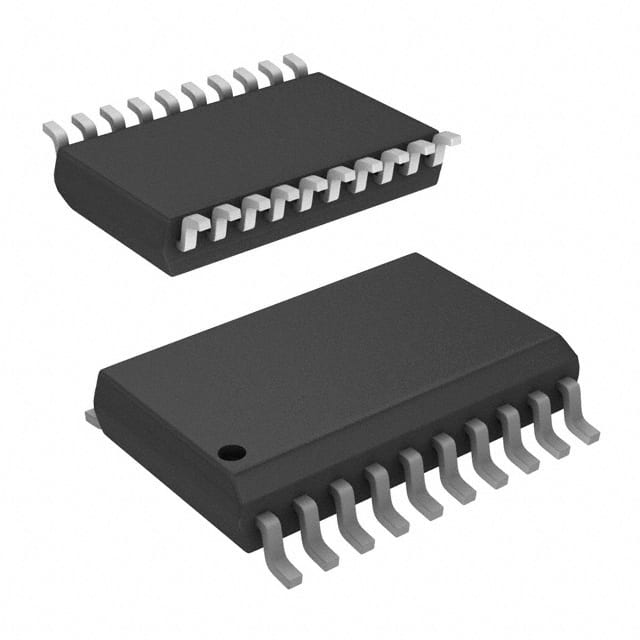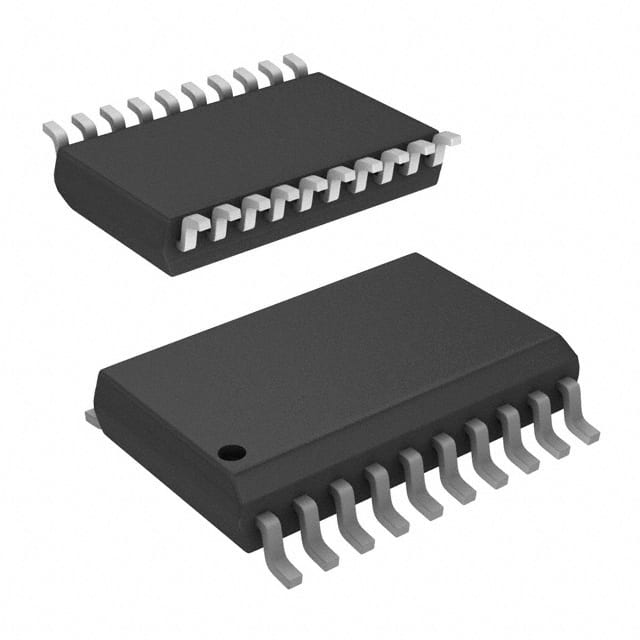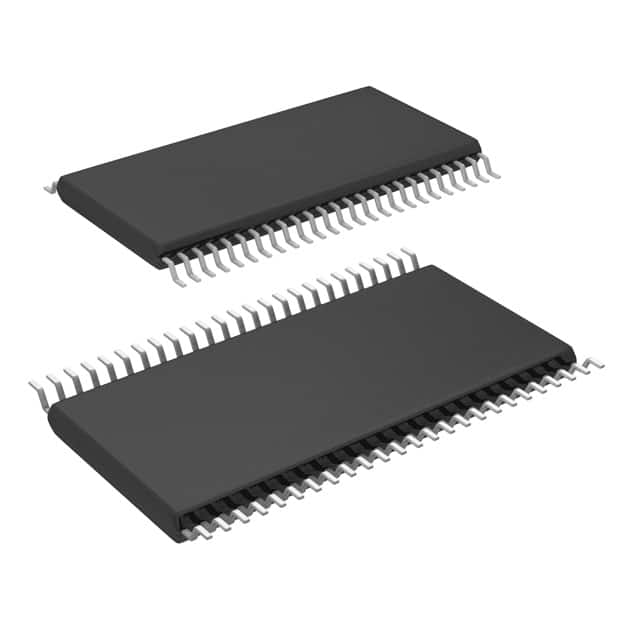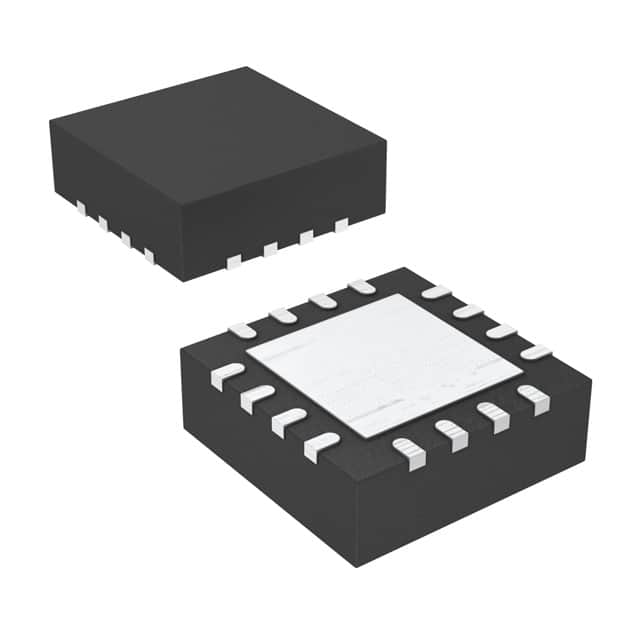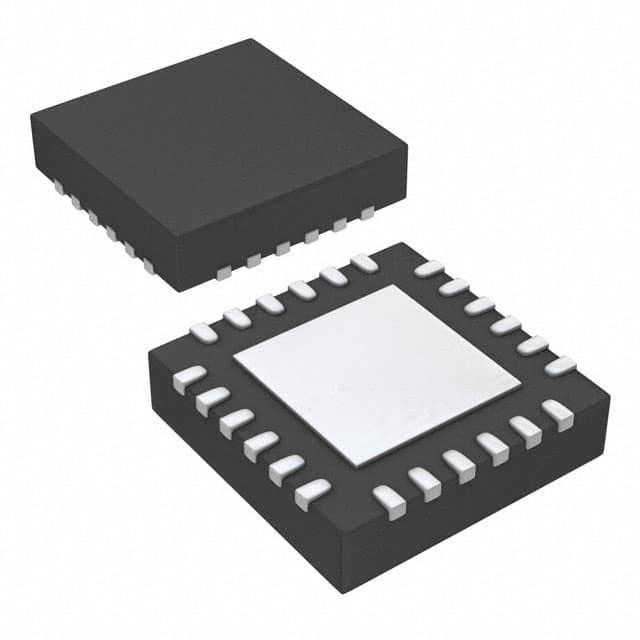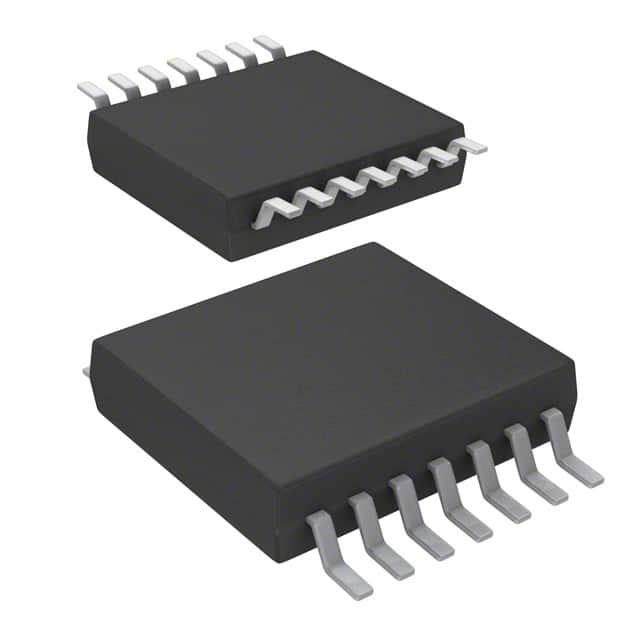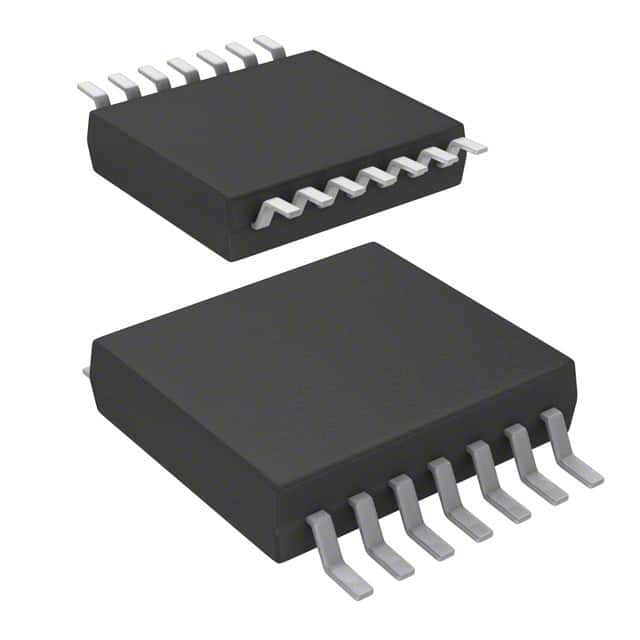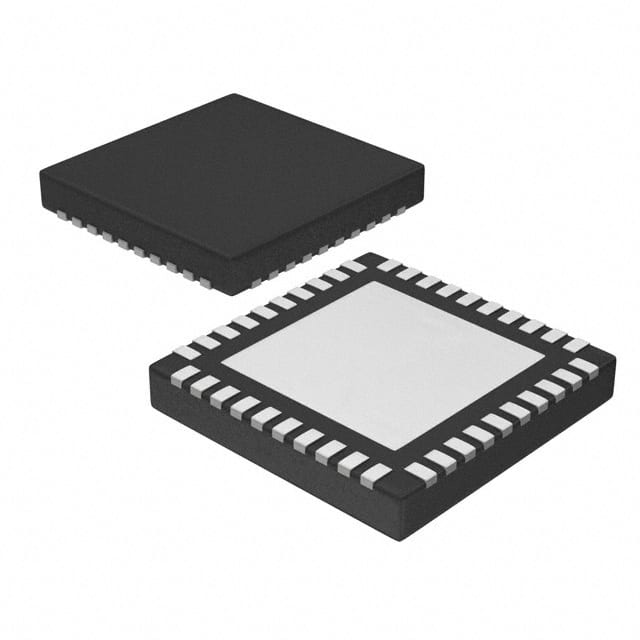MSP430G2352IRSA16T Product Introduction:
Texas Instruments Part Number MSP430G2352IRSA16T(Embedded - Microcontrollers), developed and manufactured by Texas Instruments, distributed globally by Jinftry. We distribute various electronic components from world-renowned brands and provide one-stop services, making us a trusted global electronic component distributor.
MSP430G2352IRSA16T is one of the part numbers distributed by Jinftry, and you can learn about its specifications/configurations, package/case, Datasheet, and other information here. Electronic components are affected by supply and demand, and prices fluctuate frequently. If you have a demand, please do not hesitate to send us an RFQ or email us immediately sales@jinftry.com Please inquire about the real-time unit price, Data Code, Lead time, payment terms, and any other information you would like to know. We will do our best to provide you with a quotation and reply as soon as possible.
Introducing the Texas Instruments MSP430G2352IRSA16T, a powerful microcontroller designed to meet the demands of a wide range of applications. With its advanced features and versatile capabilities, this microcontroller is the perfect solution for various industries.
The MSP430G2352IRSA16T boasts a 16-bit RISC architecture, offering high performance and low power consumption. It operates at a clock speed of up to 16 MHz, ensuring fast and efficient processing. With 16KB of flash memory and 512 bytes of RAM, this microcontroller provides ample storage for your code and data.
Equipped with a wide range of peripherals, including multiple timers, UART, SPI, and I2C interfaces, the MSP430G2352IRSA16T offers flexibility and compatibility with various devices. It also features a 10-bit ADC, allowing for accurate analog-to-digital conversions.
The MSP430G2352IRSA16T is ideal for a multitude of applications. In the industrial sector, it can be used for process control, automation, and monitoring systems. In the consumer electronics field, it can power smart home devices, wearable technology, and portable gadgets. Additionally, it is suitable for medical devices, automotive systems, and energy management solutions.
With its robust features and wide application fields, the Texas Instruments MSP430G2352IRSA16T is the microcontroller of choice for engineers and developers seeking a reliable and versatile solution. Whether you are designing a complex industrial system or a consumer electronics device, this microcontroller will exceed your expectations in terms of performance, power efficiency, and functionality.
Microcontroller is a kind of single chip micro controller, it is an integrated circuit (IC) used to central processing unit (CPU), read-only memory (ROM), random access memory (RAM), input/output (I/O) ports and timer and serial communication interface and other peripheral equipment. The main role of the microcontroller is as a control unit, responsible for receiving input signals, processing data, executing instructions and generating output control signals. Its function in the electronic system is similar to that of the brain, which can respond accordingly to programmed instructions and changes in the external environment.
Application
Microcontroller application field is extremely wide, almost covers all aspects of modern science and technology. In the field of industrial automation, microcontrollers are used for motor control, sensor data acquisition and automation equipment control, significantly improving production efficiency and product quality. In the field of smart home, smart door locks, smart lighting, smart home appliances and other equipment can not be separated from the support of microcontrollers, to achieve remote control and automatic management of equipment. In addition, microcontrollers are also widely used in the Internet of Things, automotive electronics, consumer electronics, medical equipment and other fields, becoming an important force to promote scientific and technological progress.
FAQ about Embedded - Microcontrollers
-
1. Is Arduino an embedded microcontroller?
Arduino is an embedded microcontroller platform based on open source hardware and software. It contains a microcontroller (MCU) and related modules that can interact with the external environment through hardware and software. The core board of Arduino consists of a microcontroller and related modules, with basic input and output connections and multiple communication interfaces, including serial ports, SPI and TWI, etc., which can communicate and transfer data with other devices.
Features of Arduino include:
Development environment: Arduino comes with a software development environment that can be programmed in C and C++ languages.
Libraries and functions: It has a rich hardware library and functions for rapid development.
Low cost: It is suitable for hardware development such as sensors, simple robots, thermostats and motion detectors, with low cost and simple operation.
Wide application: It is commonly used in projects such as IoT products, automation control and robots.
Compared with other microcontroller platforms, the advantage of Arduino is its simple and easy-to-use hardware and software tools, which enable electronic enthusiasts and general users to quickly realize various application projects.
-
2. What is an embedded system controller?
An embedded system controller is a microcomputer system designed specifically for a specific purpose. It integrates key components such as processors, memory, input and output interfaces, etc. to achieve real-time control and data processing of embedded systems. It is widely used in electronic products, automobiles, industrial automation and other fields, and is an important foundation for modern intelligent production.
Embedded system controllers have the following characteristics:
High performance: Embedded system controllers usually have high-performance processing capabilities and can handle complex computing tasks.
Low power consumption: Compared with personal computers or servers, embedded system controllers usually have lower power consumption and are suitable for long-term operation scenarios.
High reliability: Due to the particularity of the application scenario, the embedded system controller needs to have high reliability and be able to work stably in harsh environments.
Rich peripheral interfaces: In order to adapt to different application requirements, embedded system controllers usually provide rich peripheral interfaces to facilitate communication and data exchange with other devices.
The application fields of embedded system controllers are very wide, including:
Electronic products: such as smart watches, smart home devices, etc.
Automotive electronics: such as in-car entertainment systems, intelligent driving assistance systems, etc.
Industrial automation: such as industrial control systems, automated production lines, etc.
Medical equipment: such as medical imaging equipment, monitoring instruments, etc.
Communication equipment: such as base station equipment, wireless communication terminals, etc.
What is the difference between embedded microcontrollers and external microcontrollers?
The main difference between embedded microcontrollers and external microcontrollers lies in their application scenarios and integration. Embedded microcontrollers are computer systems designed specifically for embedding into object systems. They usually integrate necessary components such as microprocessor cores, memory, and peripheral interfaces, and are mainly used to control and execute specific tasks. External microcontrollers usually refer to independent microcontroller units. Although they also have similar components, they are mainly used for more complex computing and processing tasks.
Embedded microcontrollers are often used in embedded systems, which are usually composed of a series of electronic components and have specific functions. As the core component of the system, embedded microcontrollers are responsible for controlling, monitoring or assisting the operation of equipment, machines and workshops. They are widely used in various fields such as home appliances, automobiles, industrial control, medical equipment, etc., with the characteristics of low power consumption and high performance.
External microcontrollers are usually used in scenarios that require higher computing power and more complex processing. They can exist independently of embedded systems and perform a variety of tasks such as data processing and communication. External microcontrollers are widely used in personal computers, servers, industrial automation and other fields, and can handle more complex data and tasks.
-
3. What is the difference between Arduino and Embedded C?
The main differences between Arduino and Embedded C are their application scenarios, development difficulty and hardware design. Arduino is more suitable for rapid prototyping and teaching, while Embedded C is suitable for scenarios that require high performance and professional applications.
Arduino is an open source hardware platform mainly used for rapid prototyping and teaching. It uses high-level programming languages such as C++ and provides an easy-to-use development environment, allowing beginners to quickly get started and implement projects. In contrast, embedded C is often used in high-performance and professional application scenarios, such as industrial control, automotive electronics and other fields. Embedded C programming usually involves low-level hardware knowledge and more complex programming skills. The language used may be C or C++, but memory and hardware resources need to be managed manually.
 Lead free / RoHS Compliant
Lead free / RoHS Compliant



